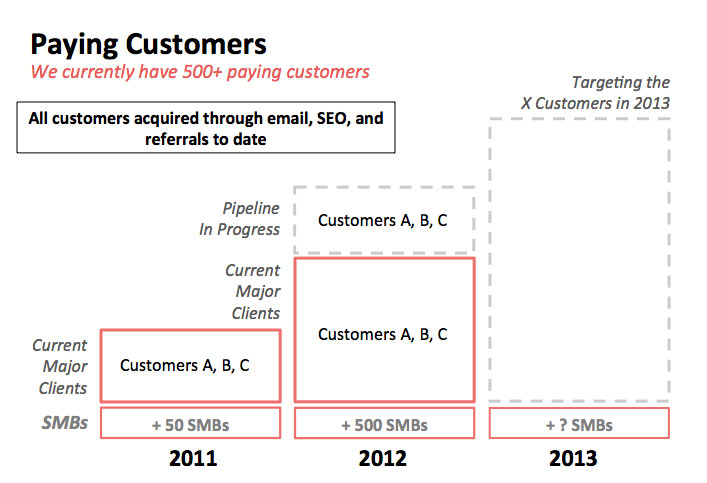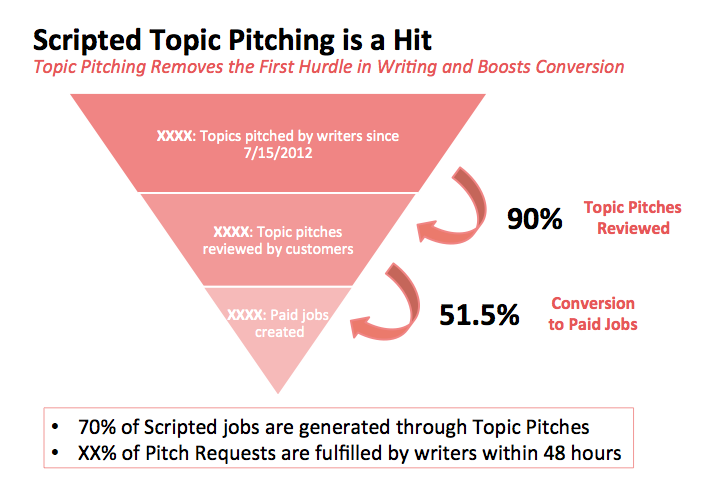 Recently, I wrote an article about how dogs can be an asset to entrepreneurs and their startups. I thought it was a fun topic, but I was not prepared for the overwhelming response. Entrepreneurs from all over the country emailed me with stories of their own dogs and how much they’ve learned from them. The advice was just too good to keep to myself.
Recently, I wrote an article about how dogs can be an asset to entrepreneurs and their startups. I thought it was a fun topic, but I was not prepared for the overwhelming response. Entrepreneurs from all over the country emailed me with stories of their own dogs and how much they’ve learned from them. The advice was just too good to keep to myself.
Below, a selection of entrepreneurs (all fellow members of the Young Entrepreneur Council) share the wisdom they’ve gleaned from their furry friends:
1. Live in the present.
From Snoopy, our office mascot and a vivacious maltipoo, I’ve learned that living in the present moment is the best gift you can give yourself. He loves it when he gets a treat, but he is just as content taking a nap on my pillow.
– Shama Kabani, The Marketing Zen Group (@Shama)
2. If it’s not rewarding, don’t do it.
My dog won’t do menial tasks without promise of a reward, and neither should entrepreneurs. Sure, Zoe will sit on command or come when called, but it’s always because she enjoys the treat or attention more than the alternative. I too try to only do things that are fun, rewarding and enjoyable. Life’s just better that way!
– Alexis Wolfer, TheBeautyBean.com (@AlexisWolfer)
Spending time with my Wheaten Terrier Lulu reminds me not to take life too seriously and to leave plenty of time for relaxation and play. For instance, without taking a breather from the go-go startup mentality, I wouldn’t think of creative solutions to some of the problems I face on a daily basis that are programming related, project management related, etc. In general though, I’ve learned from her that you have to maximize your fun as much as possible. That way, work isn’t really work!
– Matthew Ackerson, Saber Blast (@saberblast)
4. Never stop trying.
Growing up, I had Desert Tortoises as pets. The oldest and largest of the two actually learned how to open our back screen door. In the summer, she would open the door and hide under a bed where it was much cooler. We got smart and started locking the screen door so she couldn’t get in. However, that didn’t deter her. She would try every day to open the door, and from time to time we’d forget to lock it and she’d come right in. The moral of the story is that, as an entrepreneur, even when the door is locked, never stop trying — because one day, someone will leave it unlocked, and that’s when your perseverance will pay dividends.
– Mark Cenicola, BannerView.com (@markcenicola)
5. Find a sounding board.
My min pin, Frisco, and I have been “working” together for the last couple of years. Working with him has taught me that our own headspace can be our worst enemy. What sounds like a good idea in your head might not be a great idea in practice. To prevent bad ideas, I tell Frisco what I’m thinking. By talking through my idea out loud with him, I can find out what needs to be improved or get confirmation on my concept. If Frisco were a human, he’d be really annoyed with me. But since he’s a dog, I can bounce ideas off him without any worries.
– Brett Farmiloe, Markitors (@BrettFarmiloe)
6. Don’t take work (or life) too seriously.
I adopted a puppy about a year into my startup, and it definitely enhanced my quality of life. Watching her play reminds me to follow suit. Don’t take work or life too seriously. Sometimes, you just need a break. This realization has done great things for my energy and creativity, and for my startup!
– Martina Welke, Zealyst (@zealyst)
Does your dog inspire you, too?
David Adelman is the Founder and CEO of ReelGenie, an online platform that will revolutionize the way family stories are told and shared. David is also Founder of Reel Tributes, the premier producer of high-end documentary films. Reel Tributes’ films preserve timeless stories and memories for families and family-owned businesses.
The Young Entrepreneur Council (YEC) is an invite-only organization comprised of the world’s most promising young entrepreneurs. In partnership with Citi, the YEC recently launched #StartupLab, a free virtual mentorship program that helps millions of entrepreneurs start and grow businesses via live video chats, an expert content library and email lessons.






















